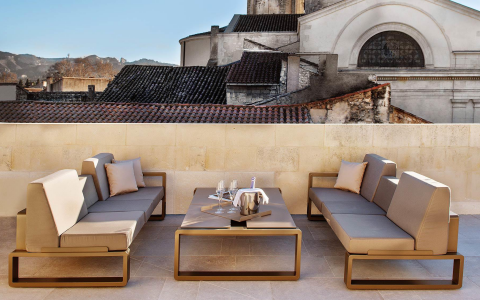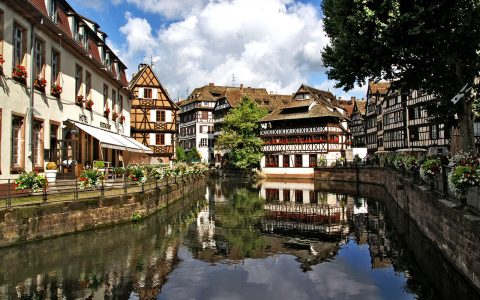11 Things to See & Do in Provence
 Deciding what to see in Provence when you only have a few days (or even a few weeks) to explore is a little bit like choosing which Beatles song to listen to when you only have a few minutes: you know you can’t really go wrong, but it’s still so hard to choose!
Deciding what to see in Provence when you only have a few days (or even a few weeks) to explore is a little bit like choosing which Beatles song to listen to when you only have a few minutes: you know you can’t really go wrong, but it’s still so hard to choose!
Rich with history and culture dating back to the ancient Romans, Provence is rife with sites—both natural and man-made—that just beg to be discovered.
Below we’ve rounded up a few of our favourites to help make your decision about which ones to focus on less agonizing—well, slightly less agonizing.
What to See in Provence
Go for a Walk in St-Rémy
Start at the neo-classical church of St-Martin; rebuilt around 1820, it still retains its 14thC bell tower and has one of the finest church organs in Europe.
Place Favier
Turn left behind the church on rue Daniel Milhaud, cross over rue Carnot, and you will reach Place Favier. This was once the herbal marketplace. Points of interest on this square include the two Renaissance palaces.
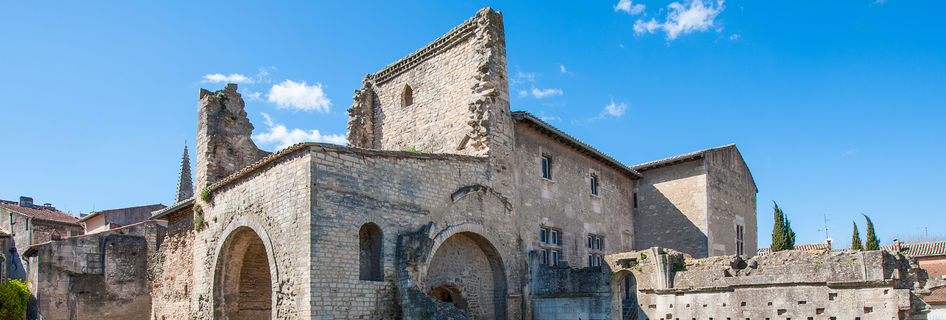
The first is the 16th c. Hotel Mistral de Mondragon (no connection with the poet Mistral!), which now houses the Musée des Alpilles-Pierre de Brun. The exhibits relate to local art and traditions.
Opposite the museum is the second Renaissance palace, the Hôtel de Sade, once owned by the infamous de Sade family. This 15th-16thC building boasts a small but interesting archaeological collection from Glanum (enter from the rue de Parage).
Hotel Estrine

Make your way back to rue Carnot and turn left. Further down, you will come across the Fontaine Nostradamus on the corner. Turn down rue Lucien Estrine to the Hotel Estrine.
This 18thC mansion houses the Centre d’Art-Présence Van Gogh. Exhibits detail Van Gogh’s work and presence in the town, but unfortunately display none of his original work.
At the end of this street, turn right, back to the church of St- Martin. Just before you reach the church, turn left on rue Hoche to see the birthplace of Nostradamus.
See for Yourself
On B&R’s Provence Self-Guided Walking trip, the sunflowers, lavender fields and magical arid landscapes await your exploration as you traverse just off the beaten track.
DETAILED ITINERARYLa Gorges de la Nesque
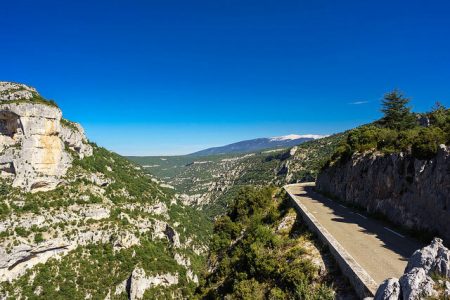 This beautiful, 20 km (12 mi.) canyon is one of the region’s geographic wonders.
This beautiful, 20 km (12 mi.) canyon is one of the region’s geographic wonders.
The road winding through it connects Villes-sur-Auzon and Sault, and is full of incredible hairpin turns, tunnels and lookouts. At one point it is possible to see down a 300 m (984 ft.) vertical drop to the Nesque River.
Dentelles de Montmirail
This mountain range is a paradise for hikers. It is part of the same chain that includes Mont Ventoux, but it is more picturesque and graceful, hence its name: dentelle is the French word for lace.

 Sénanque Abbey
Sénanque Abbey
Also pictured in the banner above, this abbey, in the wilderness of the Sénanque valley, is one of the finest in Provence.
The structure—with its semicircular apse, solid cupola, square bell tower, and roof covered with limestone slates—is characteristic of Provençal Romanesque architecture.
It was built in the 12th century when the Cistercian movement was in its infancy. Today, it supports a small community of monks, who sing vespers each day.
Abbaye de St-Hilaire
The Ancient Priory of the Carmelite Friars

A tombstone from 1254, located in the wall of the cloister, informs us that the Carmelite monks of Palestine founded this Priory. At the end of the 13th century, the church was partially rebuilt in the new Gothic style. The buildings around the cloister date to this time.
 The monks of Sénanque purchased the Abbaye in 1858 to build a farm—but finding it too far from Sénanque, they sold it to some farmers in 1864.
The monks of Sénanque purchased the Abbaye in 1858 to build a farm—but finding it too far from Sénanque, they sold it to some farmers in 1864.
For many years the refectory was a stable and the church was a warehouse. The Abbaye’s present owners purchased it in 1961, and restoration work was begun. In 1975, St-Hilaire was classified as a historical monument. The chapel was re-sanctified and a mass is celebrated every August 15.
The Mur de la Peste
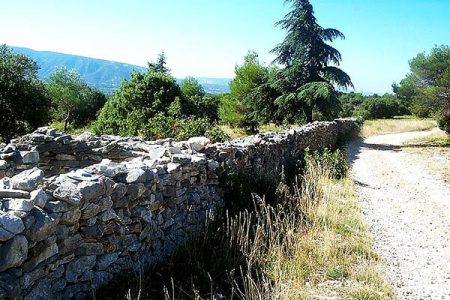 This wall, recently restored, was constructed in the 14th century during the outbreak of the Black Death in order to keep the disease at bay.
This wall, recently restored, was constructed in the 14th century during the outbreak of the Black Death in order to keep the disease at bay.
It stretches more than 20 km (12 mi.), and armed sentries were once posted along its length to keep infected individuals out. It was ultimately unsuccessful in achieving its goal. After all, walls can keep out men and women, but not microbes!
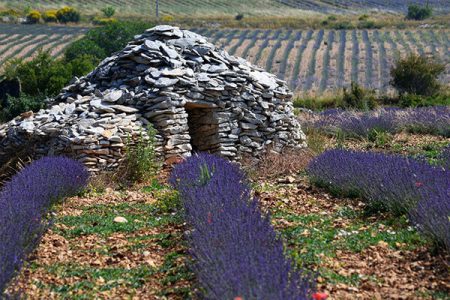 Bories
Bories
These hut-like structures in Provence bear a remarkable resemblance to some of the dwellings in the Orkneys and South Africa.
Bories are mortarless buildings that, like caves, maintain a constant temperature throughout the year. Examples of bories are found all around the Mediterranean, and anywhere else concrete is sold for a premium.
Les Alpilles
The Alpilles mountains are geologically related to the Alps. They rise 450 metres (1,476 ft.) above sea level and are nearly 25 km (16 mi.) long. As ancient as they are imposing, people have been living in these mountains since at least Neolithic times.
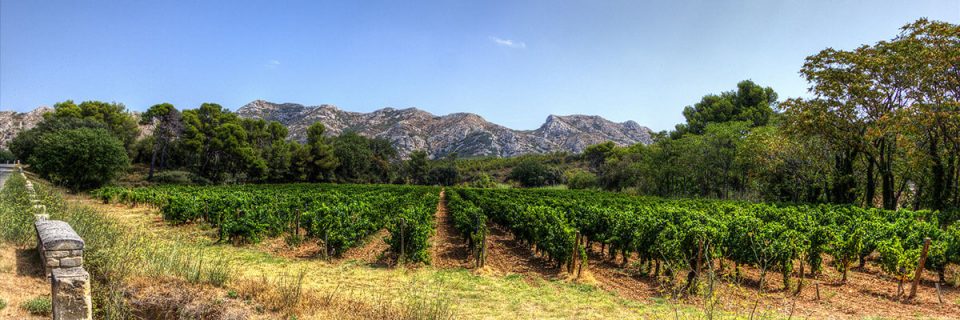
The Marais of Provence
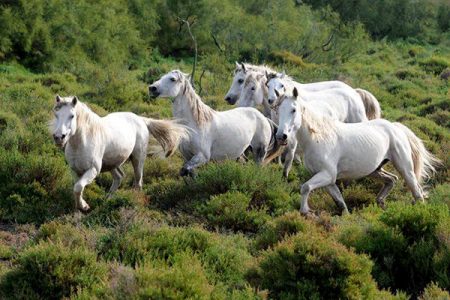 The Marais (wetlands) are home to pink flamingos, wild white horses and taureaux (bulls). Cowboys in wide-brimmed hats can be spotted wading through the swamps, corralling bulls raised for bullfights.
The Marais (wetlands) are home to pink flamingos, wild white horses and taureaux (bulls). Cowboys in wide-brimmed hats can be spotted wading through the swamps, corralling bulls raised for bullfights.
In Roman times, the Marais were the breadbasket of the Empire. Wheat, wine, rice, fruit and vegetables are all still grown here, while about 140,000 hectares of wetlands remain.
Santons
Santons (meaning “little saints”) are small sculptures—originally depicting the main actors of the nativity scene—that have been popular in Provence since the 14th century.
During the Revolution, when the churches were closed and people were forced to celebrate Christmas at home, the santons became a common fixture of regular households.
The first santons were carved from wood. As demand for them grew, producers began working in clay. The figurines were dressed in period clothing and carried a tool or something to symbolize a trade or social position.
The original santons makers came from Marseille and Aix-en-Provence; the most reputed producers are Fouque (in Aix) and Carbonel (in Marseille). There is an entire museum dedicated to the Santons in Paradou.
MORE FROM France + Provence
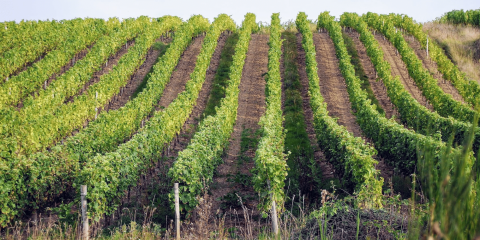
Grape Harvesting in Ventoux
France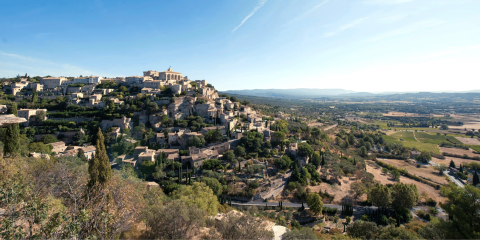
The Top 5 Hiking Routes in Provence and Cote d’Azur
Provence
With Vineyards, Beaches, and Quaint Villages, Île de Ré Is France’s Best-kept Secret
France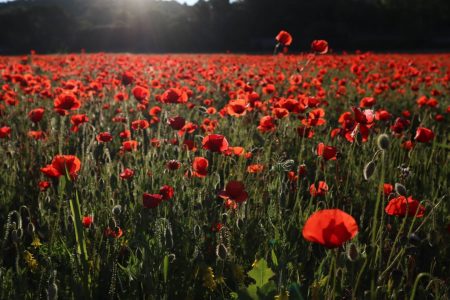
Photo Diary: A Sunday in Provence with B&R Guide Tatjana Buisson
Provence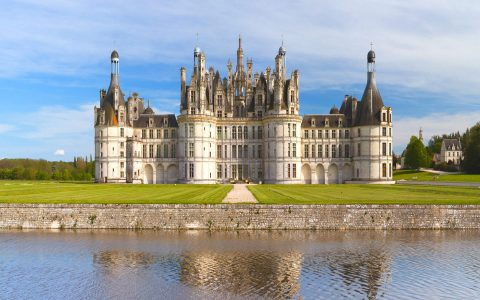
5 Ways to Relive the Renaissance in the Loire Valley
Loire Valley
The Best Luxury Hotels in Paris: From Classic to Contemporary
France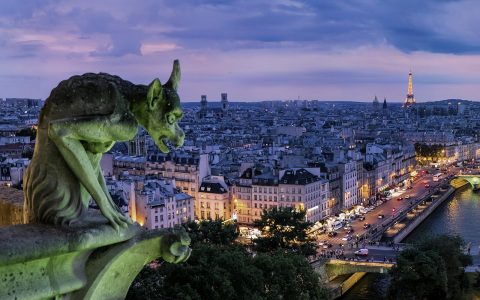
Secrets of the Seine
Île-de-France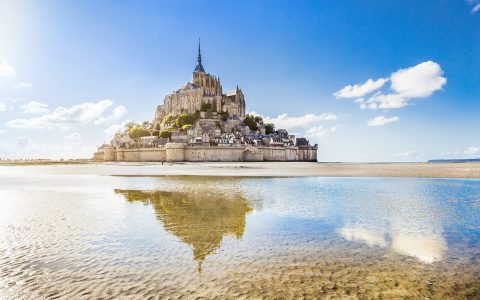
6 Reasons Why You Need to Visit Normandy, France
Normandy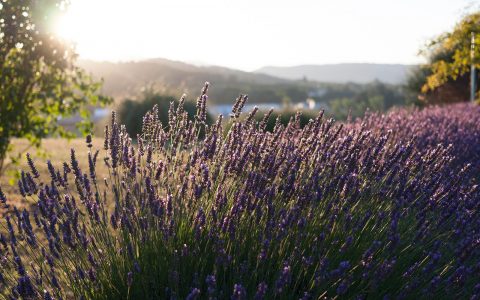
10 Best Markets & Shops in Provence
Provence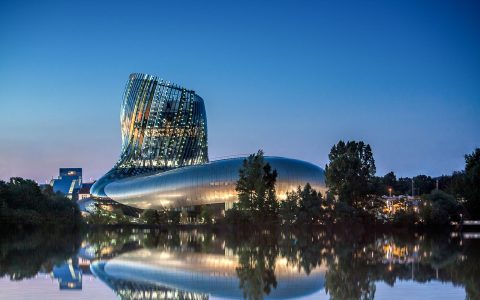
Bordeaux Nouveau: France’s Coolest City Right Now
Bordeaux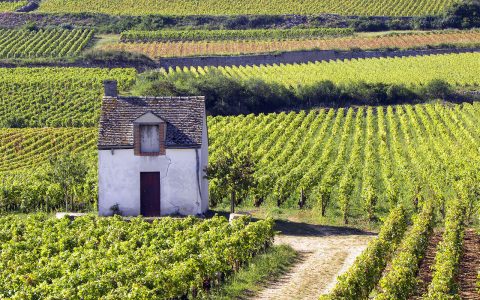
Falling Head Over Heels for Burgundy
Burgundy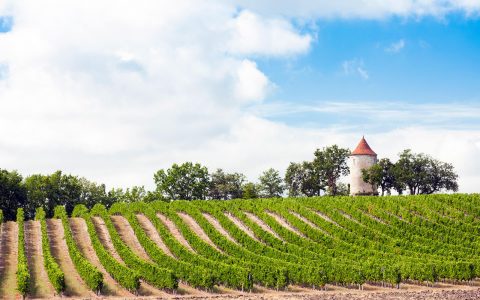
The World’s Best: Top 15 Bordeaux Wines
Bordeaux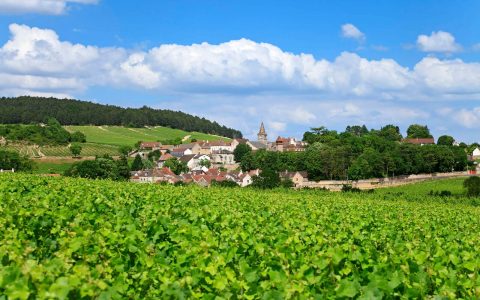
Rediscovering A Classic: Burgundy
Burgundy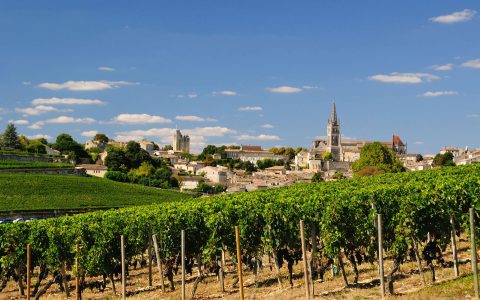
Reading for the Road: Our 5 Favourite Books About Bordeaux
Bordeaux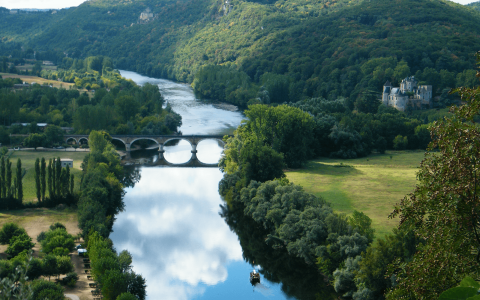
The Pleasures of Southwestern France
Bordeaux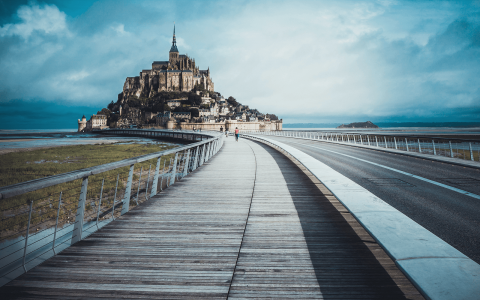
Normandy’s Showstopper: Mont Saint-Michel
Normandy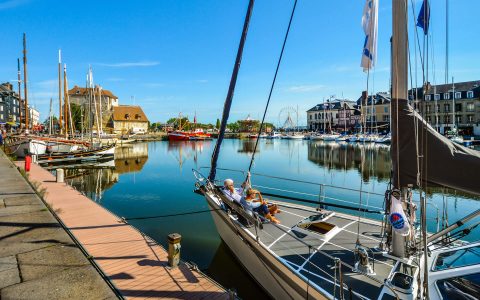
Reading for the Road: Our Favourite Books About Normandy
Normandy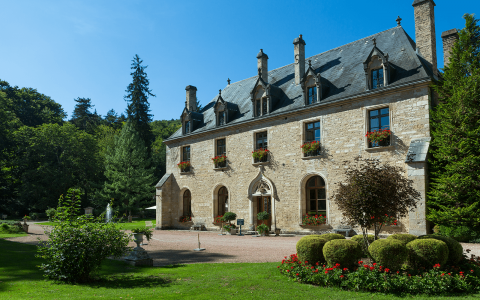
Abbaye de la Bussière: English Hospitality in the Heart of France
Burgundy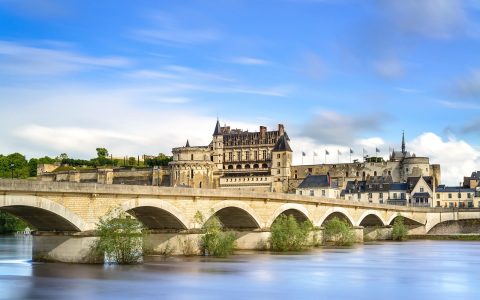
Secrets of the Loire Lifestyle
Loire Valley